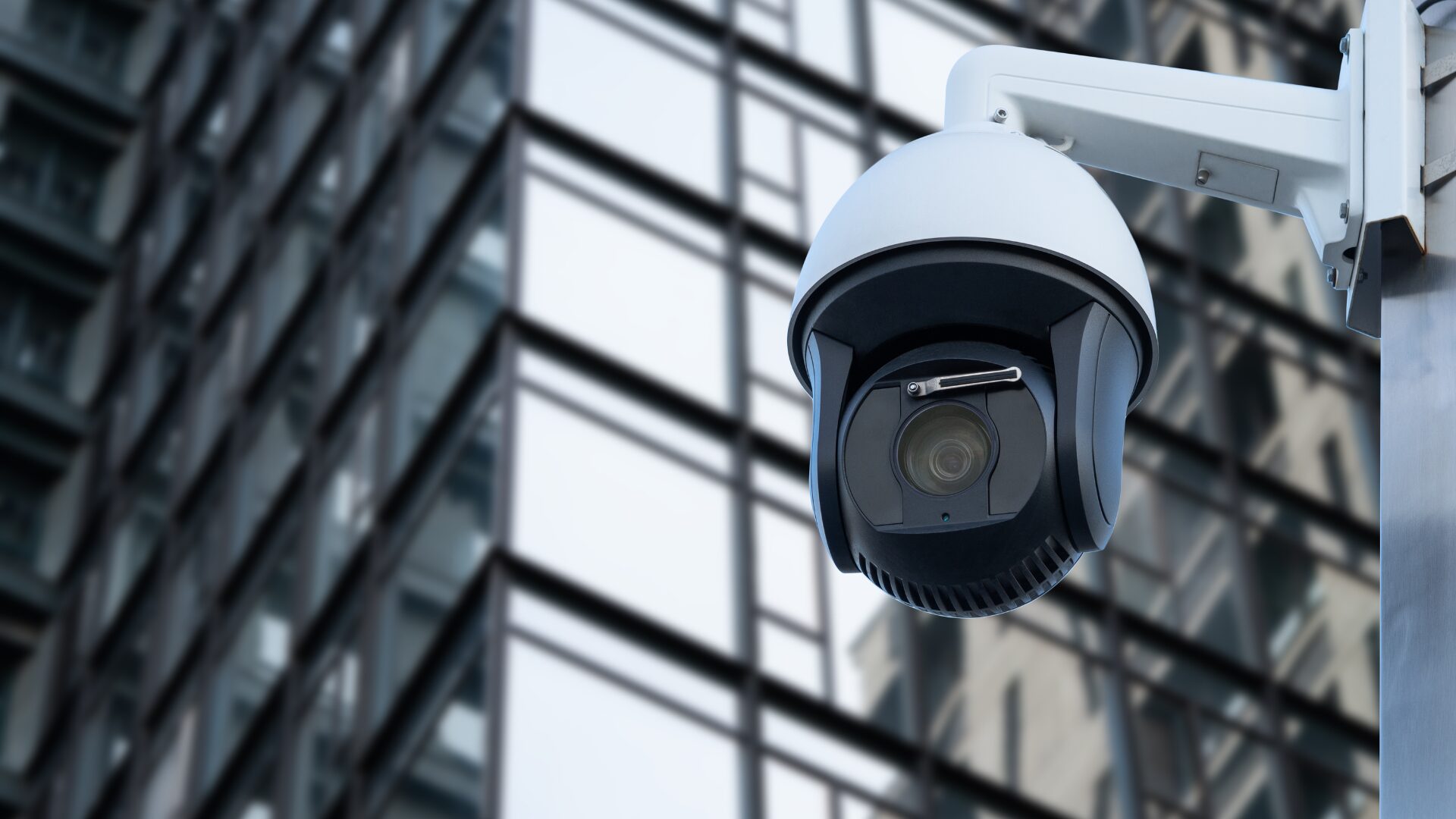The video surveillance market is large and well-established. Gartner estimates the global revenue opportunity in physical security use cases alone at over $50B, and projects it to reach $130B by 2031. Organizations of all sizes use these systems, including in the public sector, large-scale enterprises, and SMBs.
Players in the space include large enterprises as well as venture-backed startups. However, the offerings in the market fall short of what could be delivered today given the advances in enabling technologies such as cloud and AI.
This is exactly the type of market in which we look to make venture investments, specifically at the seed stage where disruptors can achieve outsized growth with a uniquely positioned team, and clarity around product vision, and the delivery model.
We invested in Lumana, makers of a next-generation visual intelligence platform, because they have all these ingredients and are poised to seize the underlying market opportunity.
Lumana’s video security platform uses AI and a distributed hybrid-cloud architecture, enabling organizations to unlock the full potential of their visual data. Capable of analyzing millions of hours of video in real-time across disparate locations, Lumana optimizes its proprietary AI models based on captured video to deliver real-time insights and greater visibility of any environment.
Leading Lumana is Sagi Ben Moshe who is particularly well positioned in the AI and machine vision space due to his unique experience as both a builder and an executive.
A New Era of Video Security, Powered by AI
Even though AI has matured, machine vision applications, such as those used for video surveillance, have been held back by existing architectures.
Processing video at users’ sites often isn’t feasible because of processing power limits and a lack of compatible models. The cloud, often an enabler for scaling, is sub-optimal in this case due to the cost of transferring, processing, and storing this volume of high-resolution video. The optimal architecture is somewhere in the middle.
Capital requirements are a major adoption inhibitor of new systems. Users can’t replace all their existing systems without incurring massive capital expenditures, making the only feasible solution one that offers cutting-edge capabilities on top of their existing infrastructure. Users of new technologies also stand to benefit from improved performance at significantly lower operating expenses.
The day-to-day value we all get from applications that use LLMs, such as ChatGPT, will prompt people to wonder what more they can get from these systems. Also, our conversations with buyers and vendors at ISC West, a leading security industry conference, which had an unprecedented turnout this year, further convinced us that an expedited technology upgrade cycle in physical security is coming in the next few years.
Lumana’s Potential to Fundamentally Change the Video Surveillance Market
Everyone in the market is making similar promises around cloud and analytics, so what differentiates Lumana?
They’ve built an end-to-end VMS (video management solution) with a modern user interface, ensuring quick implementation and easy ramp-up.
Their near-edge and cloud-optimized open architecture leverages proprietary models for scalability and cost-efficient performance, while enabling users to integrate with other systems (e.g., access management) and existing infrastructure. Using their platform, users proactively get real-time alerts and can conduct investigations at massive scale with best-in-class accuracy and sub-second latency.
We envision Lumana becoming the core enterprise computer vision platform for physical world applications.
As outlined by Gartner, use cases go beyond physical security and are easily configurable within the platform. For example, enterprises can ensure that their facilities are safe (e.g., nothing spilled, no fire hazard) and their employees are operating within guidelines (e.g., wearing a helmet). Consumer-facing businesses such as stadiums and retail chains can get real-time visibility and contextual insights into foot traffic across global locations, while the public sector can deploy use cases that support public safety. The potential is endless when the architectural challenges and economics are solved.
We at Norwest have long been believers in the potential of machine vision applications. An example of a past investment of ours was in 6 River Systems, which was acquired by Shopify.
We are very excited about what’s ahead for Lumana and the industry. If you are building a start-up in the space, please reach out.




